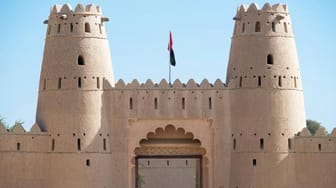Qasr AlHosn
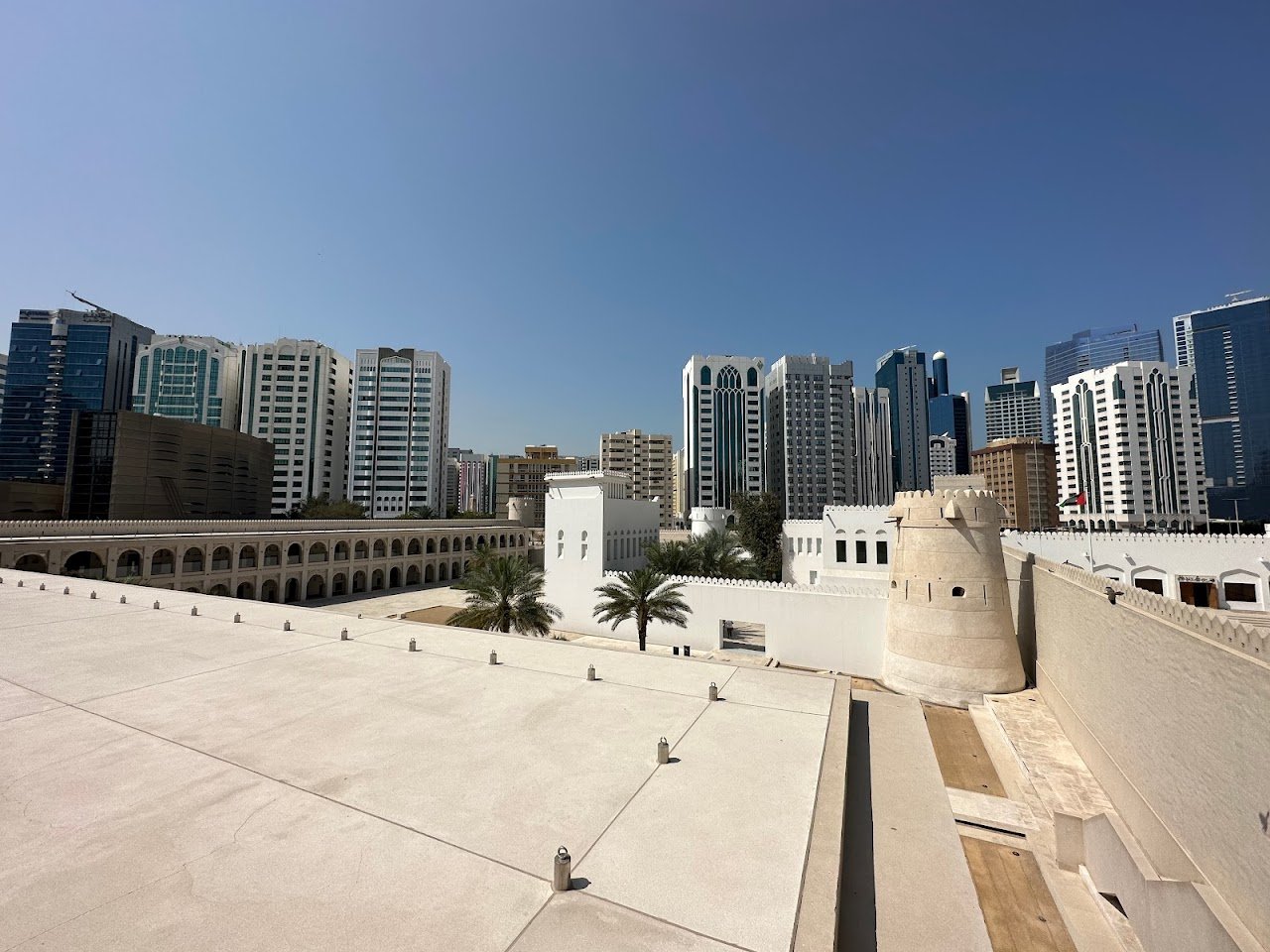
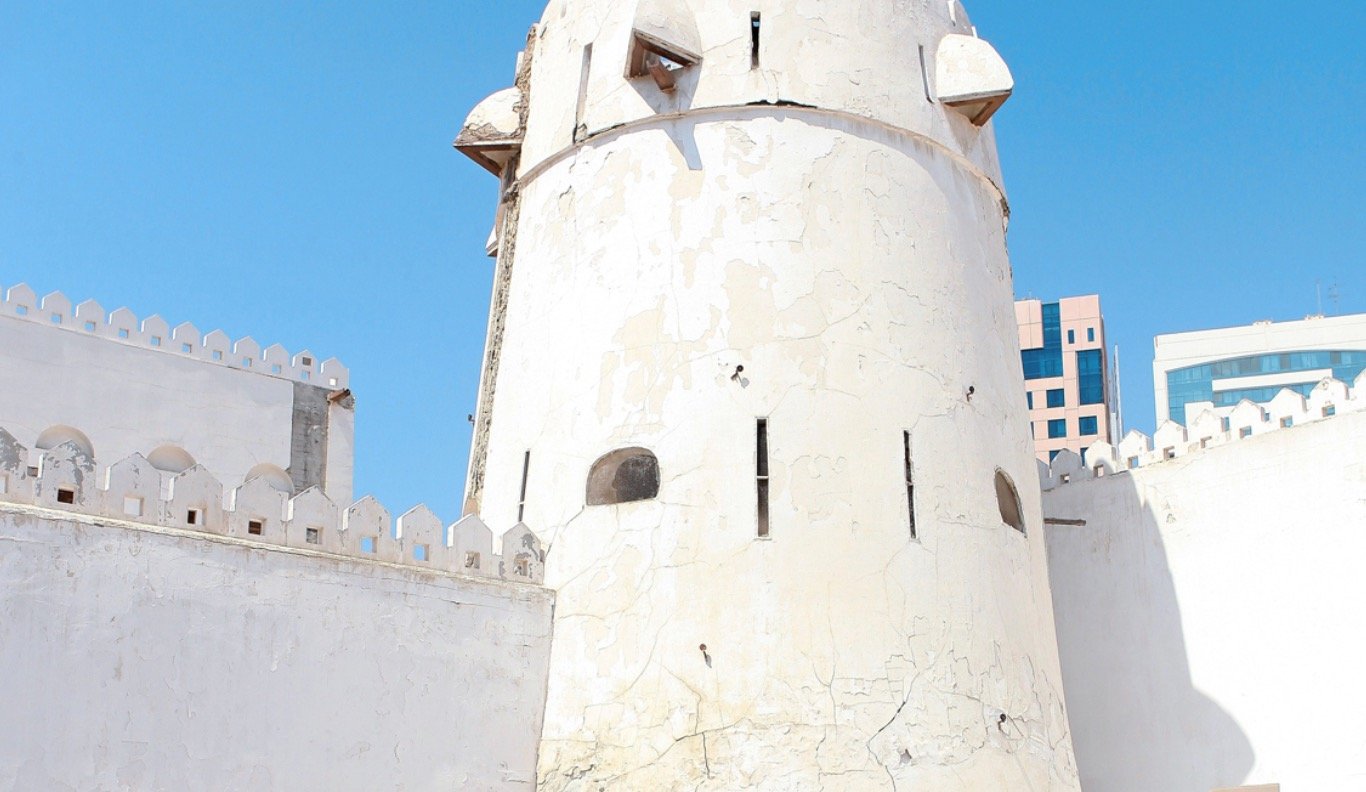
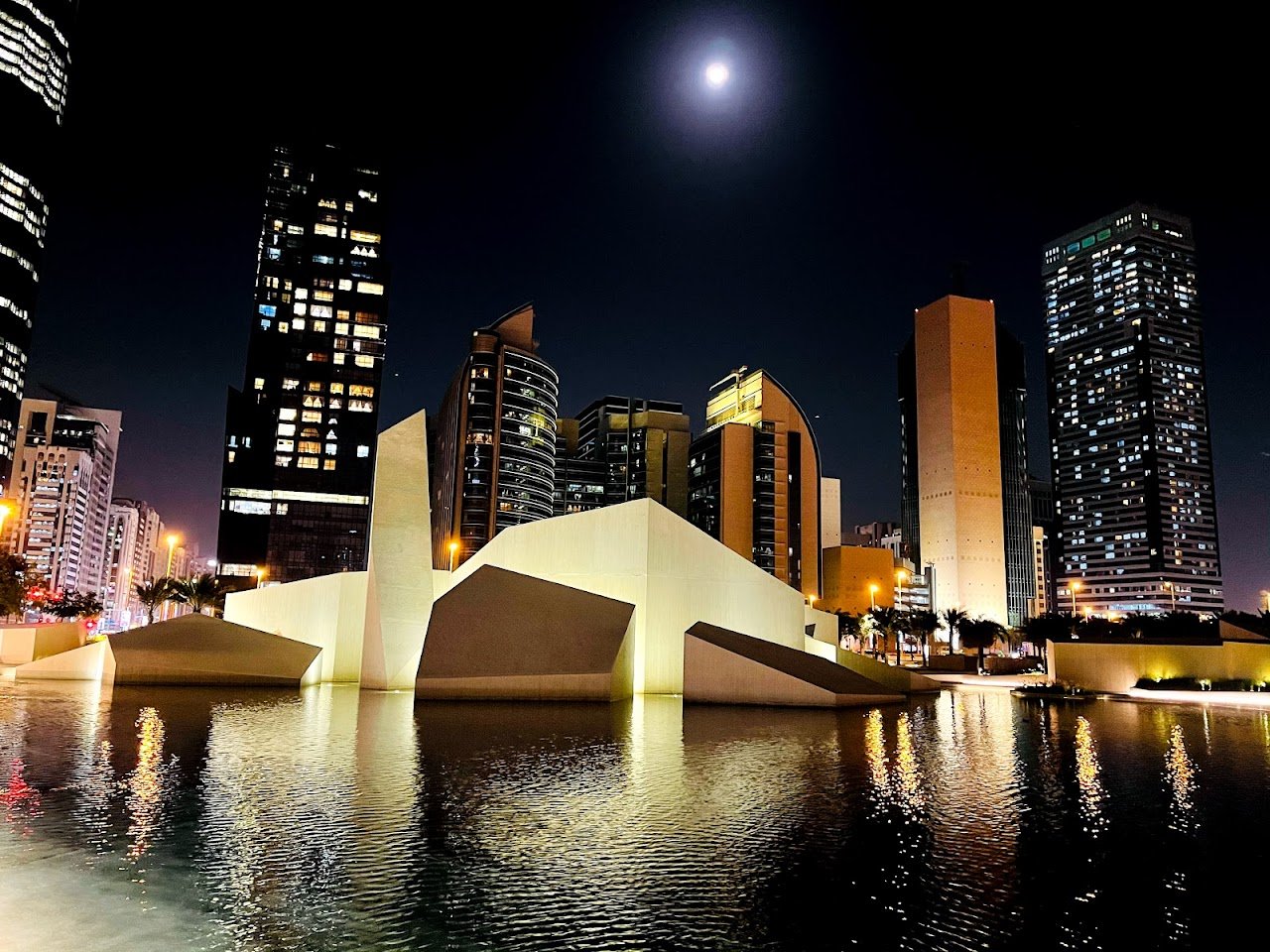
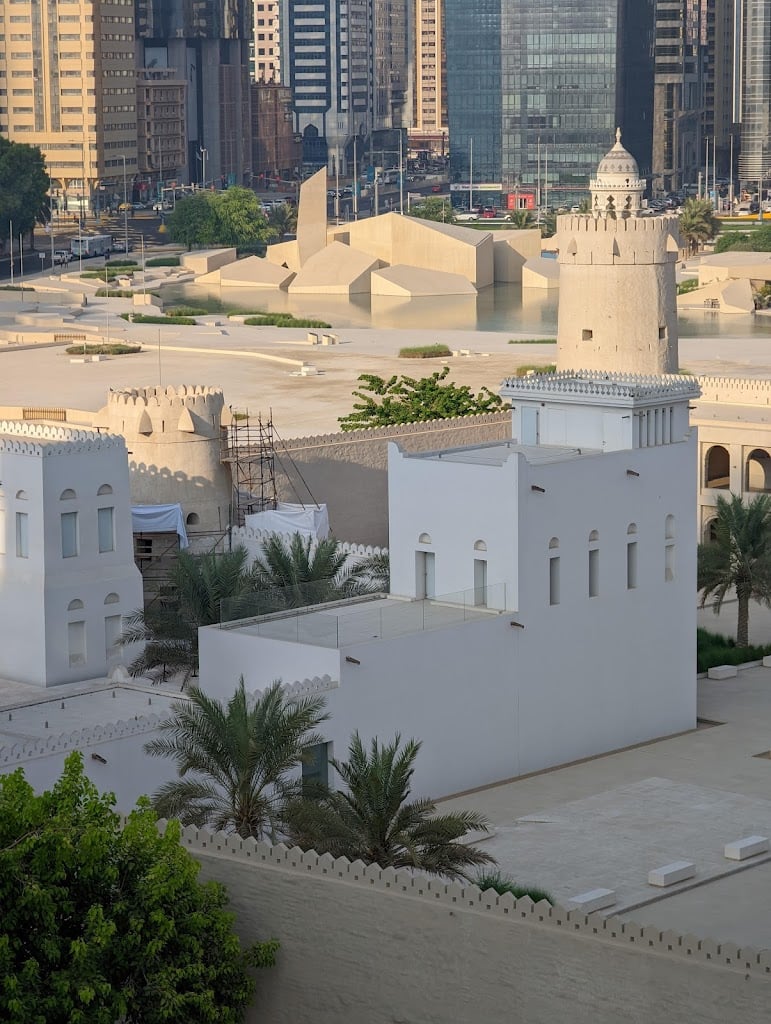

Ask ThatchGPT
Suggest a local expert to plan my trip
Suggest an unique itinerary for my Abu Dhabi trip
What foods do Abu Dhabi locals eat
What are some true hidden gems in Abu Dhabi
Help me brainstorm trip ideas for Abu Dhabi
Help me plan a family-friendly trip to Abu Dhabi
What people say
Pedro Pereira
Available for hire
"Qasr al-Hosn, often referred to as the White Fort, is a historical landmark in Abu Dhabi with a rich heritage. Constructed in 1761 as a conical watchtower, it served to defend the only freshwater well on Abu Dhabi island. In 1793, it was expanded into a small fort by Shakhbut bin Dhiyab Al Nahyan, the then ruler, and became the permanent residence of the ruling Sheikh. The fort underwent significant renovations in the late 1930s, transforming its structure and appearance with funds generated from granting the first oil license in the emirate. It functioned as the emir's palace and the seat of government until 1966. Over the years, Qasr al-Hosn has been refurbished several times, and today it is partially open to the public.
Currently, Qasr al-Hosn is undergoing extensive historical, archaeological, and architectural research. It houses a museum that displays a variety of artifacts and photographs representing the nation's history, offering visitors a glimpse into the cultural and historical narrative of the UAE. Among its exhibits, the fort features a collection of weapons used throughout the region's history, providing insight into the military heritage of Abu Dhabi and the surrounding areas. This fort not only stands as a symbol of the emirate's past but also serves as a center for learning and appreciation of the UAE's rich cultural legacy."
Read more in:
Mihaela Petca
Available for hire
"✏️Qasr al-Hosn was once home to the ruling family, also known as the White Fort or Old Fort, and was constructed in 1761 as a watchtower to defend the only freshwater well in Abu Dhabi.
The fort is nowadays a museum displaying artifacts and pictures presenting the history of the country.
It was transformed into a museum in 2018 after intensive conservation and very delicate restorative work.
While here, you can also check the coffee demonstration, it is a presentation of how the coffee is traditionally prepared. Check the link below.
🕒Opening hours:
Saturday - Thursday: 9 AM - 8 PM
Friday: 2 PM - 8 PM
💲Prices:
30 AED "
Read more in:
Claudia Vismara
Available for hire
"A visit to Qasr Al Hosn, Abu Dhabi's oldest standing structure, is a must for history enthusiasts. Built in the 1790s, this former royal residence was transformed into a museum in 2018, showcasing ancient artifacts. Explore the Inner Fort from 1795 and the Outer Palace, built between 1939 and 1945. Don’t miss The House of Artisans, where traditional crafts like Sadu weaving and date palm leaf weaving (khoos) are still practiced. Discover this cultural hub that preserves the rich heritage and traditions of Abu Dhabi."
Mentioned in these guides
About Qasr AlHosn
Get the inside scoop on Qasr AlHosn from local experts, travel creators, and tastemakers. Browse genuine trip notes, Qasr AlHosn reviews, photos, travel guides, and itineraries from real travelers and plan your trip with confidence.
Website
Phone
Save this spot for later or start mapping out a new trip today
Try our AI Travel Assistant and get instant answers to any questions about your trip.
Ask ThatchGPT

